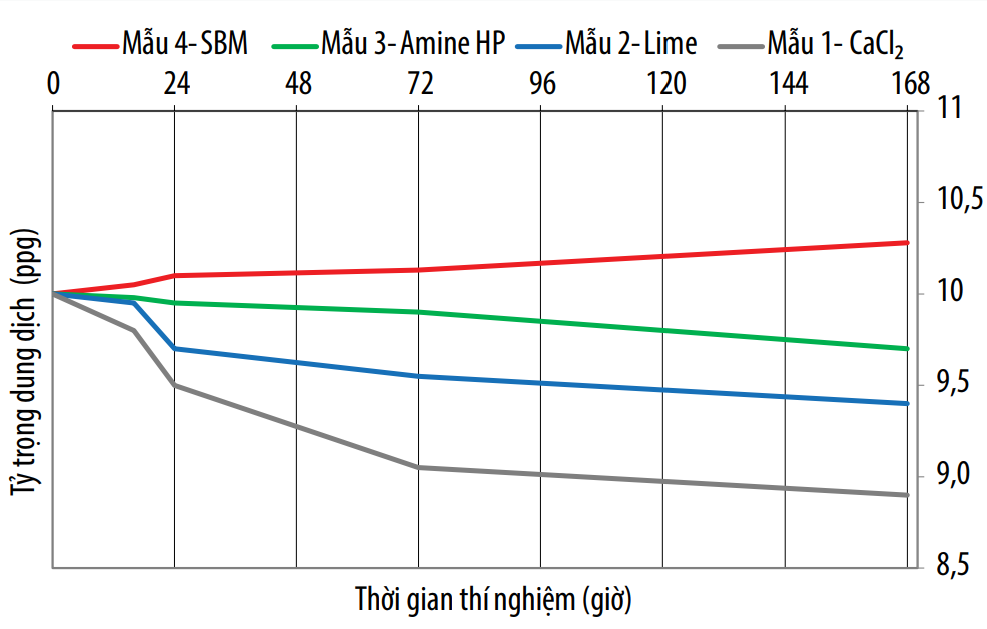Selection of drilling fluid system for wells with high CO2 content in Song Hong basin
Abstract
The selection of drilling fluid systems for wells to be drilled plays a vital role in designing and operations, especially for wells that penetrate through challenging geological conditions or through reservoirs containing sour gas. For reservoirs with high CO2 content, during the drilling operations, CO2 gas from the reservoir will influx into the well which causes chemical reactions between CO2 and chemicals used in the mud systems, leading to changes of their properties such as density, viscosity and rheology. These changes lead to incorrect drilling parameters, which can cause problems during operations.
The article proposes an option to select a suitable drilling fluid system for wells with high CO2 content in the Song Hong basin in order to reduce risks and improve the efficiency of drilling operations.
References
Trần Châu Giang, “Tìm hiểu nguồn gốc khí CO2 trong các vỉa dầu khí ở thềm lục địa Việt Nam”, Tuyển tập Báo cáo Hội nghị Khoa học Công nghệ “Viện Dầu khí Việt Nam: 30 năm phát triển và hội nhập”. Nhà xuất bản Khoa học và Kỹ thuật, trang 433 - 442, 2008.
MI SWACO, “102996648 AA M-I SOP CO2 contamination procedure”, Research and Engineering Technical Services Laboratory.
Premier Oil Vietnam North B.V., “104-QMV-1X final well reports”, 2011.
Thomas Adebayo, Harrison Oluwaseyi, Thomas A., Olusoga Opeyemi, and Igweze Augusta, “Experimental study of the effects of CO2 gas kick on the properties water-based drilling fluid”, International Journal of Engineering & Technology, Vol. 11, No. 4, pp. 133 - 137, 2011.

1. The Author assigns all copyright in and to the article (the Work) to the Petrovietnam Journal, including the right to publish, republish, transmit, sell and distribute the Work in whole or in part in electronic and print editions of the Journal, in all media of expression now known or later developed.
2. By this assignment of copyright to the Petrovietnam Journal, reproduction, posting, transmission, distribution or other use of the Work in whole or in part in any medium by the Author requires a full citation to the Journal, suitable in form and content as follows: title of article, authors’ names, journal title, volume, issue, year, copyright owner as specified in the Journal, DOI number. Links to the final article published on the website of the Journal are encouraged.




